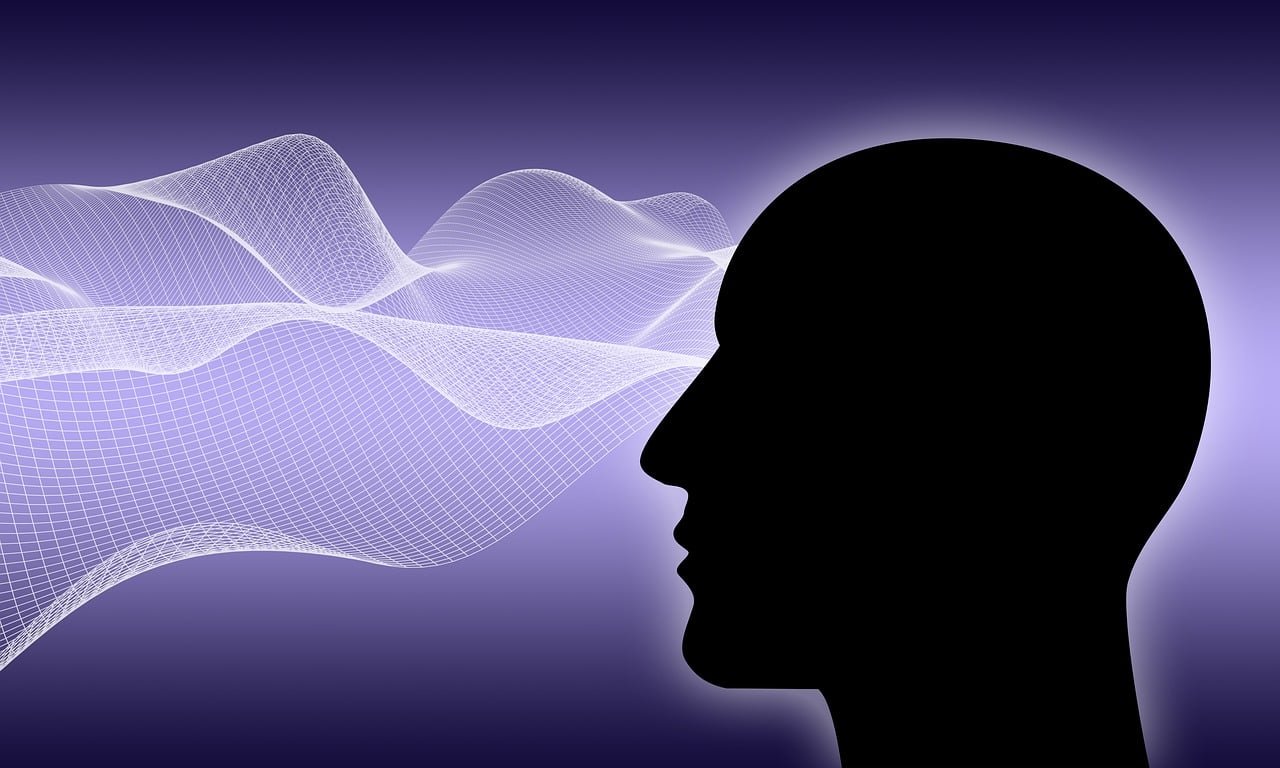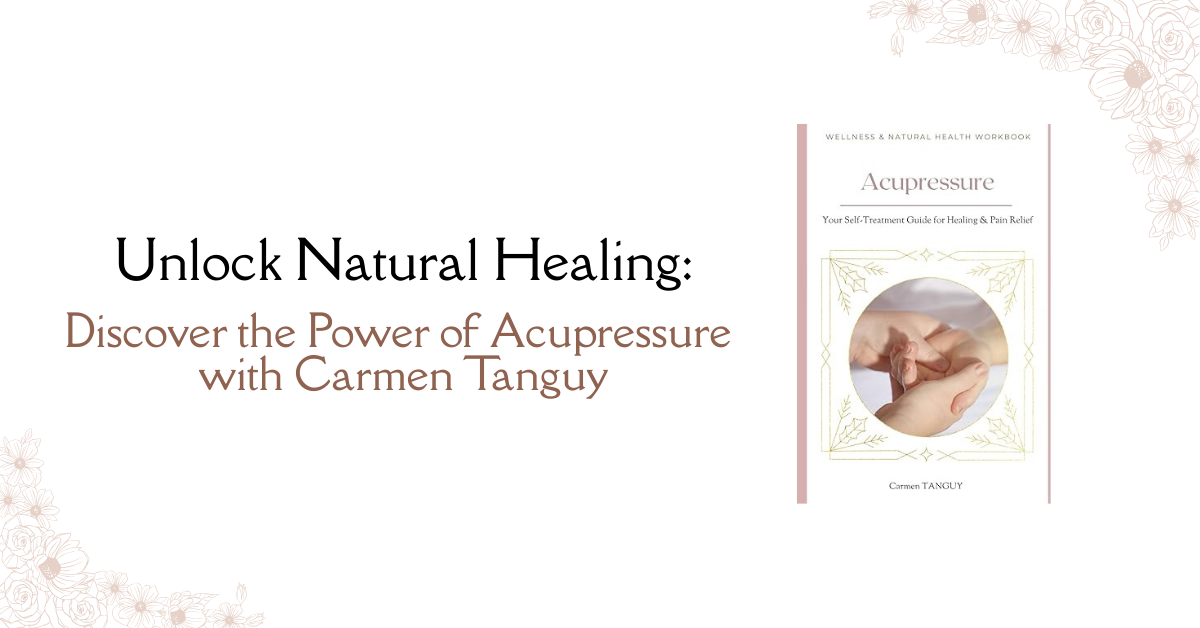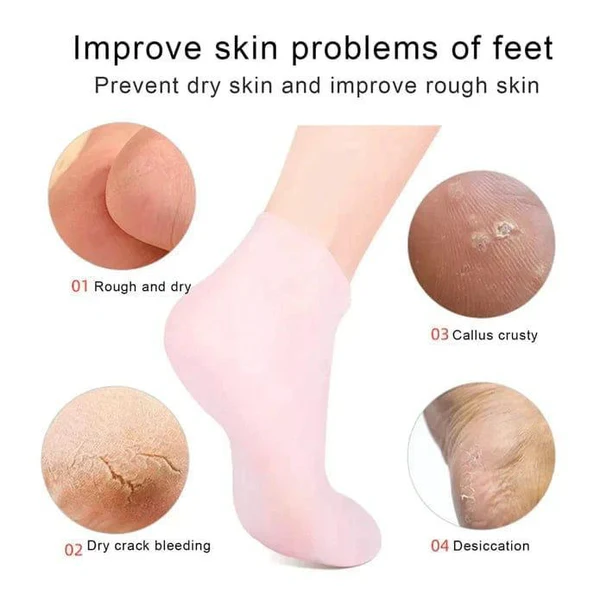Somatic Symptom Disorder (SSD) is an older term for Neuroplastic Symptoms (NS) that is still in use by many clinicians. SSD is a complex condition where a person experiences physical symptoms that are distressing and often medically unexplained, accompanied by excessive thoughts, feelings, or behaviors related to those symptoms. For patients living with SSD, the suffering is real, regardless of whether there is a detectable medical cause. Managing SSD can be challenging, both for healthcare professionals and for patients who often feel dismissed or misunderstood.
One approach that shows promise in supporting individuals with SSD begins with Pain Neuroscience Education (PNE). Rooted in modern pain science, PNE aims to reshape how people understand pain, especially chronic pain that lacks clear biomedical explanation. By addressing the way the brain and nervous system contribute to pain experiences, PNE is the foundation for understanding deeper causes of unexplained pain or illness.
Understanding the Nature of Pain in SSD
Traditionally, pain has been viewed as a direct signal from the body that something is physically wrong. However, pain neuroscience research over the past two decades has revealed that pain is not just a sensory experience—it is a protective output of the brain. This means that pain can exist even in the absence of physical damage if the brain perceives a threat to the body.
In SSD, this is particularly relevant. Patients experience genuine discomfort, yet extensive testing may fail to reveal a medical cause. PNE provides a new framework: pain can be real, even if scans and labs are normal, because the nervous system can become hypersensitive or misinterpret signals from the body.
What is Pain Neuroscience Education?
The goal of PNE is to help patients understand:
- The role of the brain in generating pain
- How the nervous system can become sensitized
- That pain does not always equal harm
- That thoughts, emotions, and past experiences influence pain perception
Using simple metaphors, visuals, and relatable examples, clinicians explain pain as a complex, biopsychosocial experience—shaped by biological, psychological, and social factors. By shifting the understanding of pain from a purely physical problem to a nervous system issue, patients can begin to feel empowered rather than helpless.
Why PNE Is Effective for Somatic Symptom Disorder
Patients with Somatic symptom disorder often feel invalidated or stigmatized, especially after multiple doctor visits that end with statements like, “We can’t find anything wrong.” This lack of diagnosis can fuel anxiety, hopelessness, and more physical symptoms.
Pain Neuroscience Education offers a validating and compassionate perspective. It acknowledges that the pain and symptoms are real, while offering an explanation rooted in the nervous system’s function—not in “imagining things” or “making it up.”
Key benefits of PNE for SSD include:
- Reduction in fear and catastrophizing: Understanding that pain doesn’t always indicate damage can reduce anxiety and obsessive health concerns.
- Improved self-efficacy: When patients learn how pain works, they gain confidence that they can influence it.
- Better treatment engagement: PNE helps patients buy into multidisciplinary treatments like physical therapy, psychotherapy, or mindfulness.
- Reduced healthcare utilization: Patients who feel informed and reassured are less likely to seek repeated, unnecessary tests or emergency visits.
Delivering PNE in Clinical Practice
Pain Neuroscience Education can be delivered in various ways, including:
- One-on-one sessions with a trained provider (e.g., physical therapist, psychologist)
- Group education classes that combine teaching and discussion
- Educational videos or workbooks patients can access at home
- The starting point for further investigation into current life issues, trauma, emotions, unrecognized depression or anxiety, and the long-term impact of adverse childhood experiences.
The tone is key: information should be delivered in a non-judgmental and empathetic manner. Patients must feel heard and respected, especially given the stigma often associated with SSD.
Providers may use stories, diagrams, and analogies such as:
- “Your nervous system is acting like a car alarm that’s going off too easily.”
- “Your brain has a pain memory that’s on high alert—even though the danger has passed.”
- When the nervous system sends a signal from the body to the brain, the brain makes a decision about how you will experience that signal.
These concepts help demystify symptoms and reduce the fear and confusion that so often accompany SSD.
Complementing Other Interventions
While PNE is not a standalone cure, it is fundamental to follow-up treatment including:
-
- Physical therapy or graded activity: Patients are more likely to move without fear once they understand pain as a protective signal rather than a damage alarm.
- Mindfulness and relaxation techniques: PNE supports the idea of calming the nervous system to reduce symptoms.
- Pain Reprocessing Therapy shifts attention from the body area that is symptomatic to the brain where the symptoms are generated.
- Emotional Awareness and Expression Therapy uncovers and enables verbal expression of powerful negative emotions that are being expressed somatically.
Together, these approaches help break the cycle of pain, fear, and avoidance that often characterizes SSD.
A Path to Empowerment
Somatic Symptom Disorder can feel isolating and overwhelming, both physically and emotionally. Pain Neuroscience Education offers a pathway to understanding, acceptance, and empowerment. By shifting the narrative around pain from mystery or dysfunction to one of brain-based protection, patients gain a clearer picture of what’s happening—and how they can begin to influence their own healing.
As part of a compassionate, biopsychosocial approach, PNE helps bridge the gap between symptoms and science, offering relief that is not only physical, but deeply emotional as well.
Summary
Pain Neuroscience Education is a valuable tool in the care of patients with Somatic Symptom Disorder. It helps reframe unexplained symptoms in a way that is both scientific and validating. By teaching patients how the brain and nervous system influence pain and bodily sensations, PNE reduces fear, enhances coping, and improves treatment outcomes—making it a powerful ally in managing complex pain conditions.














Leave a Reply